Many positive signals from practice
According to Mr. Ho Hong Hai, Deputy Director of the Legal Department ( Ministry of Science and Technology ): Many provinces and cities are proactive and determined, demonstrating the spirit of daring to think, daring to do, daring to take responsibility in decentralizing, delegating power and implementing science and technology tasks at the grassroots level.
Most localities have completed connecting specialized data transmission networks to the commune level; the "electronic one-stop" software has been synchronized and integrated with the National Public Service Portal. Some provinces such as Lao Cai, Bac Giang , Ba Ria - Vung Tau... have stored data through the operation center or cloud computing application, the rate of digitizing records has reached over 90%.
Along with technical infrastructure, digital transformation human resources have also seen positive changes. Many localities have arranged specialized staff at the Public Administration Service Center, organized training courses on science and technology management and digital skills. Some provinces have boldly recruited or mobilized staff with IT expertise to support newly merged communes and wards, gradually forming a team of "digital civil servants" at the grassroots level.
Despite much progress, the implementation process still faces many difficulties and shortcomings, requiring fundamental solutions to overcome them.
First of all, the technology infrastructure is not yet synchronized, especially in communes and wards after the merger. Some localities still have problems connecting data from the National Public Service Portal to the public administrative system of the province and city. Some old software and databases are redundant or have to be temporarily suspended, causing disruptions in the electronic file processing process.
Second, there is a shortage of high-quality human resources. Many localities, especially remote areas, do not have specialized staff in information technology and science and technology. Staff assigned to digital transformation have not received specialized training; they lack experience in technical fields such as telecommunications, intellectual property, quality measurement standards, nuclear radiation safety, etc.
Third, some specific administrative procedures (such as in the fields of land, energy security, and resource management) cannot yet be implemented according to the "non-administrative boundary" model due to confidentiality requirements, causing difficulties in processing inter-regional records.
These "bottlenecks" not only hinder the digital transformation process at the grassroots level, but also directly affect the goal of building a digital government, digital citizens and a service-oriented administration that the Government is promoting.
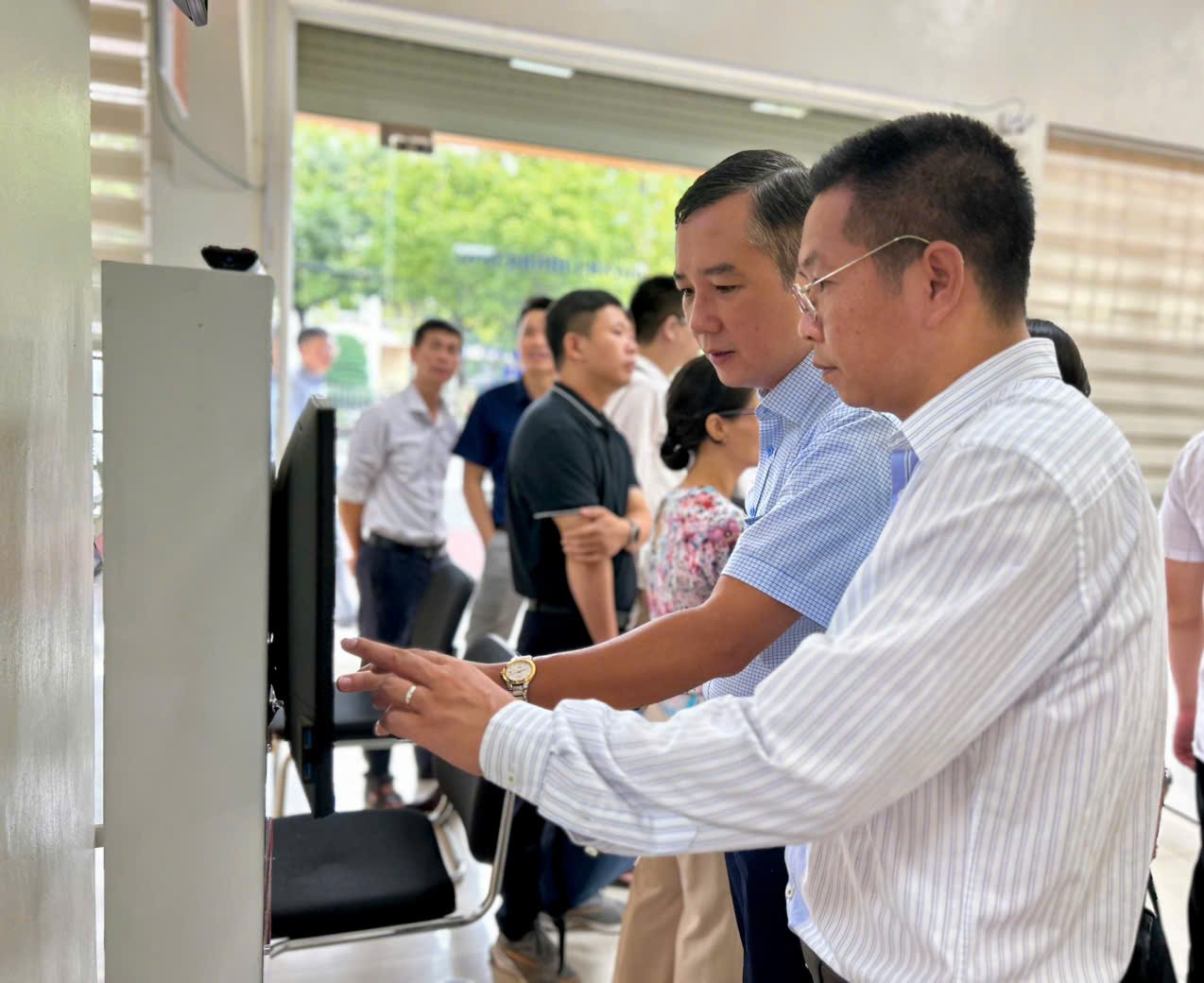
The working group of the Ministry of Science and Technology inspected the operation of the two-level local government model in localities.
Ministry of Science and Technology: Accompanying, solving problems and creating policies
Recently, the Ministry of Science and Technology has organized survey teams on two-level government in localities across the country. Based on the survey results, the Ministry of Science and Technology has proposed many groups of solutions to remove difficulties and promote the effective operation of the two-level government model associated with comprehensive digital transformation.
First of all, the Ministry will continue to review, amend and supplement the legal system to ensure a clear and unified legal corridor. The focus will be on perfecting regulations on decentralization and delegation of state management in the field of science and technology; updating and adjusting specialized documents to suit the new organizational model.
In parallel, the Ministry is implementing the Construction of the National Digital Architecture Framework, helping to unify connection standards and data sharing among levels and sectors; at the same time, developing a framework to monitor and evaluate digital transformation progress to ensure publicity, transparency and practical monitoring capabilities.
The Ministry of Science and Technology will also strengthen training and fostering of digital skills for grassroots officials, especially in areas such as artificial intelligence, big data, and information security. The courses are designed in a "practical" manner, linked to the needs of each locality, helping commune and ward officials to directly operate technology systems and handle administrative procedures online.

Deploying administrative reform work associated with digital transformation at public administrative service centers in Lang Son province.
Notably, the Ministry of Science and Technology has established a Standing Team and a 24/7 online interactive group to receive, guide, and respond to all local proposals and recommendations on science and technology, innovation, and digital transformation to ensure that the information flow between the Central and grassroots levels is always smooth and timely.
Based on the survey results, the Ministry of Science and Technology recommends that the Government consider adding a budget support mechanism, have a policy to prioritize human resource training, allocate staff and invest in information technology infrastructure for the commune level where people are directly contacted and served.
The Ministry also proposed to promote the sharing and integration of interconnected data among ministries and branches; perfect the mechanism for deploying comprehensive online public services, aiming to provide personalized digital services based on data according to Decision No. 1566/QD-TTg dated July 18, 2025 of the Prime Minister.
Along with that, localities are required to complete and effectively exploit national databases and specialized databases, considering this as the foundation of modern governance and sustainable digital transformation.
Digital transformation at the grassroots level can only be successful when the three factors of institutions, infrastructure and people move in sync. This is also a step to concretize Conclusions No. 177 and 178 of the Politburo and Secretariat on continuing to innovate, reorganize the apparatus and improve the effectiveness of state management in the new period.
With a spirit of action, high determination and close coordination between the central and local levels, digital transformation is not only an administrative task, but is becoming a central driving force for socio-economic development, opening up a new path for science, technology and innovation to truly spread to every level of government and every citizen.
Source: https://mst.gov.vn/van-hanh-chinh-quyen-dia-phuong-hai-cap-go-diem-nghen-thuc-day-chuyen-doi-so-o-co-so-197251105150539213.htm


![[Photo] Closing of the 14th Conference of the 13th Party Central Committee](https://vphoto.vietnam.vn/thumb/1200x675/vietnam/resource/IMAGE/2025/11/06/1762404919012_a1-bnd-5975-5183-jpg.webp)










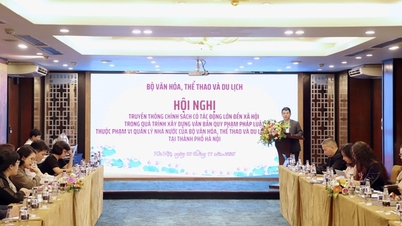









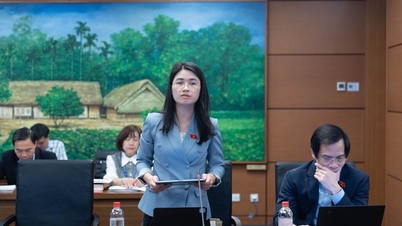
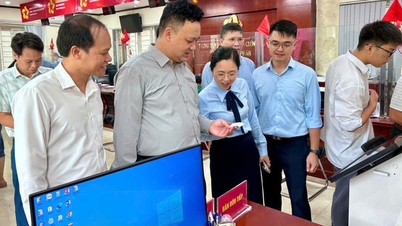










































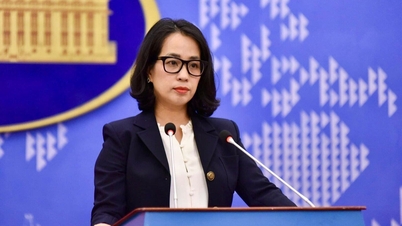
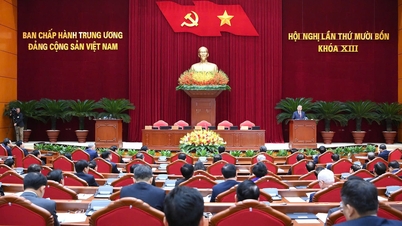







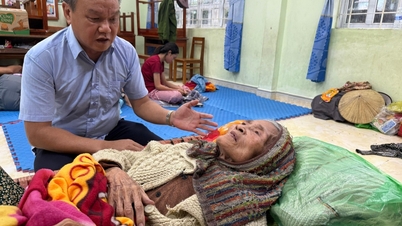






















Comment (0)